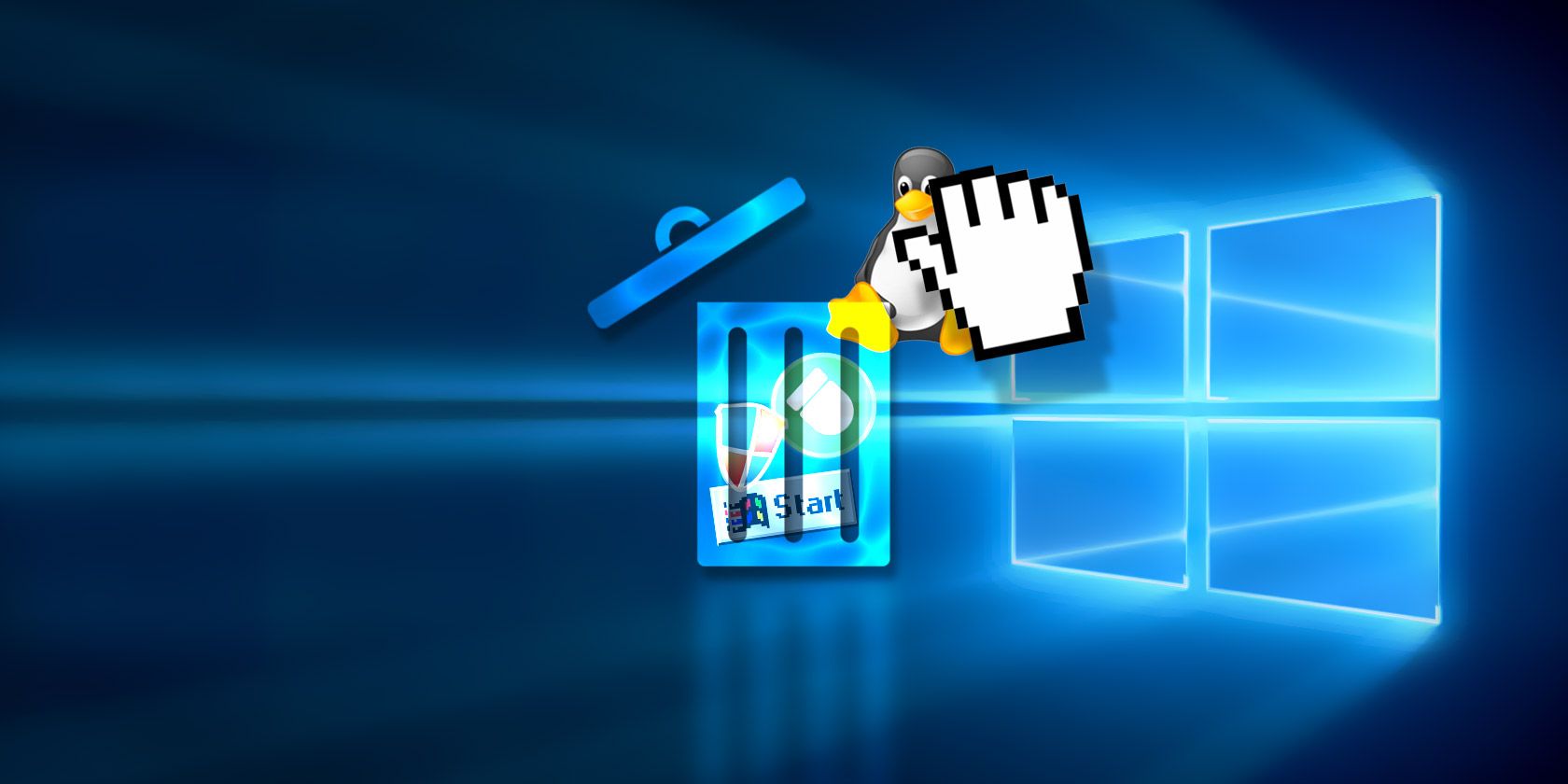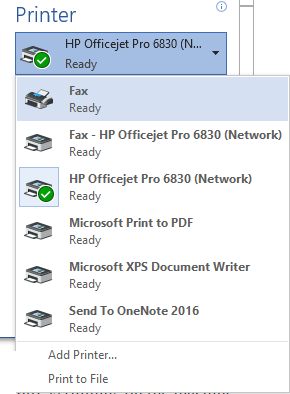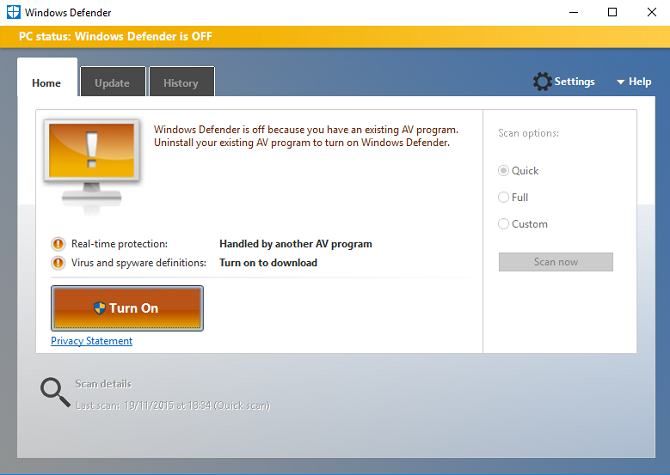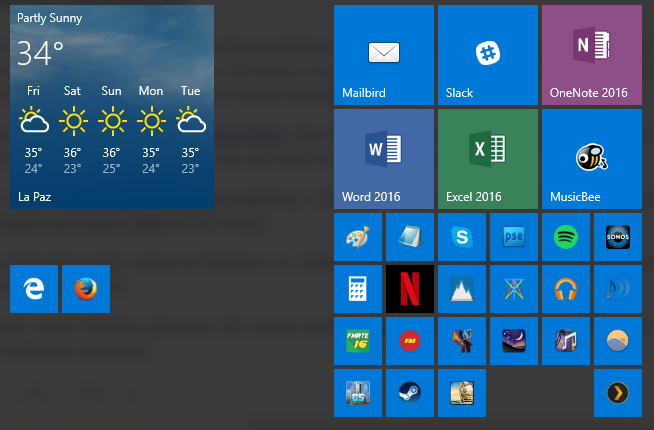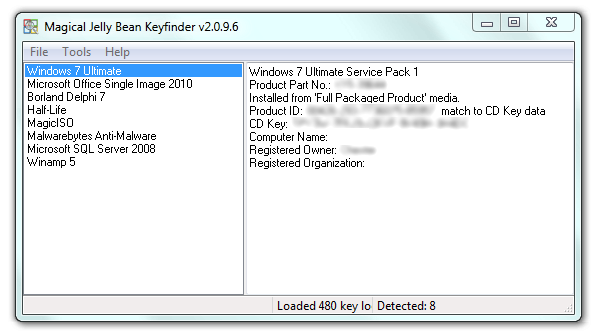For almost as long as Windows has existed, there has been an extensive collection of third-party software that'd either enhance the user experience or add missing functionality.
Microsoft has increasingly got its act together in recent years, and much of that third-party functionality has now been incorporated into the operating system itself. Consequently, many of those apps will cease to exist. It's either great news or a travesty, depending on your point of view.
In this article, I'm going to take a trip down memory lane and look back at some of the much-loved software that's now obsolete.
1. Print to PDF
It's staggering how long it took Microsoft to include a "Print to PDF" function in their apps, but it's here to stay. All those tools that allowed you to convert Office documents into PDF files are now useless.
Perhaps the most popular of all of them was CutePDF. The app still exists, but it's hard to see why anyone would choose to use it over Windows' native function.
2. Free Antivirus Software
Remember when Microsoft Security Essentials and Windows Defender used to be the laughing stock of the anti-virus world?
Not anymore. Windows Defender is now a key part of Windows 10 and will automatically enable itself if it realizes no AV software is running on the machine.
It still lags behind some of its competitors in terms of results, but for most people it's beyond adequate. It needs to be noted that it's still no match for some of the leading paid antivirus software. If you've got a subscription, you shouldn't give it up just yet.
3. Start Menu Modifiers
Windows 8 was a low point for Microsoft. After the much-loved Windows 7, they shot themselves in the foot by releasing their worst operating system in years. Of course, we now know that Windows 8 laid a lot of the groundwork for the excellent Windows 10 -- but at the time it was an unmitigated disaster.
The biggest faux pas was the omission of the Start Menu. The trusty icon in the bottom left-hand corner had been a staple of every Windows OS since 1995, but it was cast aside in the name of "progress".
Unsurprisingly, a slew of Start Menu modifiers popped up -- all of which had the aim of reintroducing the famous icon. Apps like Start8 and Classic Shell led the charge.
The Start Menu ultimately made a return in Windows 10. While its modernized form still frustrates traditionalists, most users have learned to love it.
If you're aching for a retro Windows 98 menu, the various modifier apps will still fulfill a purpose. But they're becoming more and more redundant.
4. Product Key Finders
Who's fallen back on apps like Magical Jelly Bean KeyFinder, KeyFinder Thing, or MSKeyViewer Plus to recover product keys in the past?
They used to be staple apps you'd install as soon as you got a new machine. If something ever went wrong with the Windows OS and you needed to perform a clean install, you'd be in a real mess if you didn't have the product key to hand.
Windows 10 has rendered them obsolete -- at least for Microsoft products. Your copy of Windows is now tied to your Microsoft account, and it will be automatically detected if you ever need to do a reinstall.
Of course, they're still useful for finding the keys of non-Microsoft products. However, as more and more companies now move to subscription models or follow Microsoft's lead of linking your product with your account, their days are looking numbered.
5. Virtual Linux
I'm not going to get into the pros and cons of Linux, but suffice to say that it's vastly popular among certain subsets of users.
Prior to Windows 10, if you wanted Linux on your Windows computer, you had two options: either dual boot a separate OS, or run it in a virtual machine.
Not anymore. In the Anniversary Update, Microsoft worked with Canonical and packaged a native version of Bash within the operating system itself.
As such, you can now install Linux software, run Linux Commands from outside Bash, access Windows files in Bash, and run graphical Linux desktop programs.
6. Pushbullet
The guys behind Pushbullet certainly aided its downfall by hiding some of its most useful features inside the subscription package.
But the fact they did it at almost exactly the same time as Microsoft released Cortana for Android, pushed it over the edge. Users now have a way to read, respond, and interact with their phone's notifications from within Windows.
At the time of writing, Cortana doesn't allow you to transfer your files between a computer and a phone, but you get the sense that the feature might not be far away.
It's Just the Start...
There are many more features and programs that have been absorbed by Windows. Tools that allowed virtual desktops, gameplay video recording, and windowed Modern apps have all met their maker.
And there are a lot more apps that are on the brink. Is a Microsoft answer to f.lux really too far away? Are registry cleaners and PC cleaners starting to feel the strain? How much longer you will need apps that can identify duplicate photos in your various folders?
I'd love to hear what you think about this encroachment. Is something nostalgic being lost as third-party apps slowly fade away, or is the increased native functionality a cause for celebration?
Let me know your thoughts, opinions, and input in the comments below.

